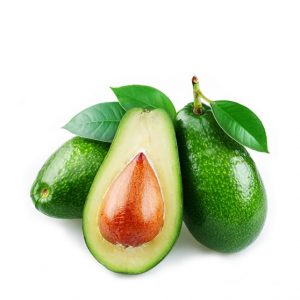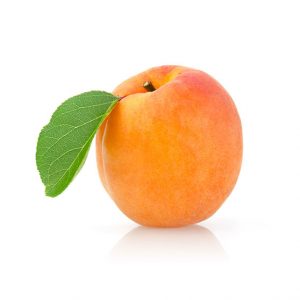Pomegranate
It is developed in tropical and subtropical zones. It is native to South Asia, Persia and Afghanistan. It was the Arabs who introduced the pomegranate into Spain, from where it was exported to America after the conquest.
Description
The fruit is a globular berry with a coriaceous bark. The interior of the pomegranate is divided by a whitish membrane into several lobes; Lobes containing numerous seeds covered with a cover, called sarcotesta, and stuffed with red and juicy pulp.
Varieties: There are three main varieties of pomegranates, according to the fruit they give: Common pomegranate, whose fruits are those that we find in the market habitually. Granado tart, whose fruit is not edible, but has beautiful flowers used in ornamentation. Pomegranate without pips, is a characteristic variety of Middle East, in which the grains do not have the inner nugget. The most produced varieties in Spain, especially in Andalusia and the Levantine area are: Grano Elche, which matures between October and November, and Mollar de Játiva or Mollar de Valencia, of earlier collection.
Seasonality: It is one of the typical fruits of autumn, since it begins to be collected in mid-September until the end of November.








